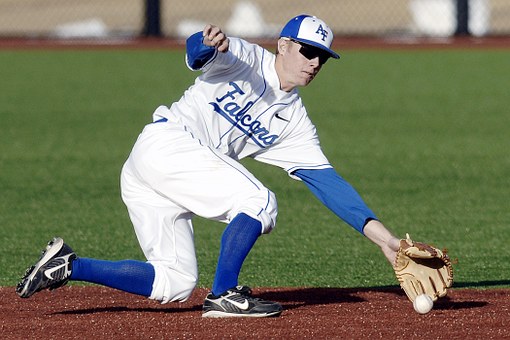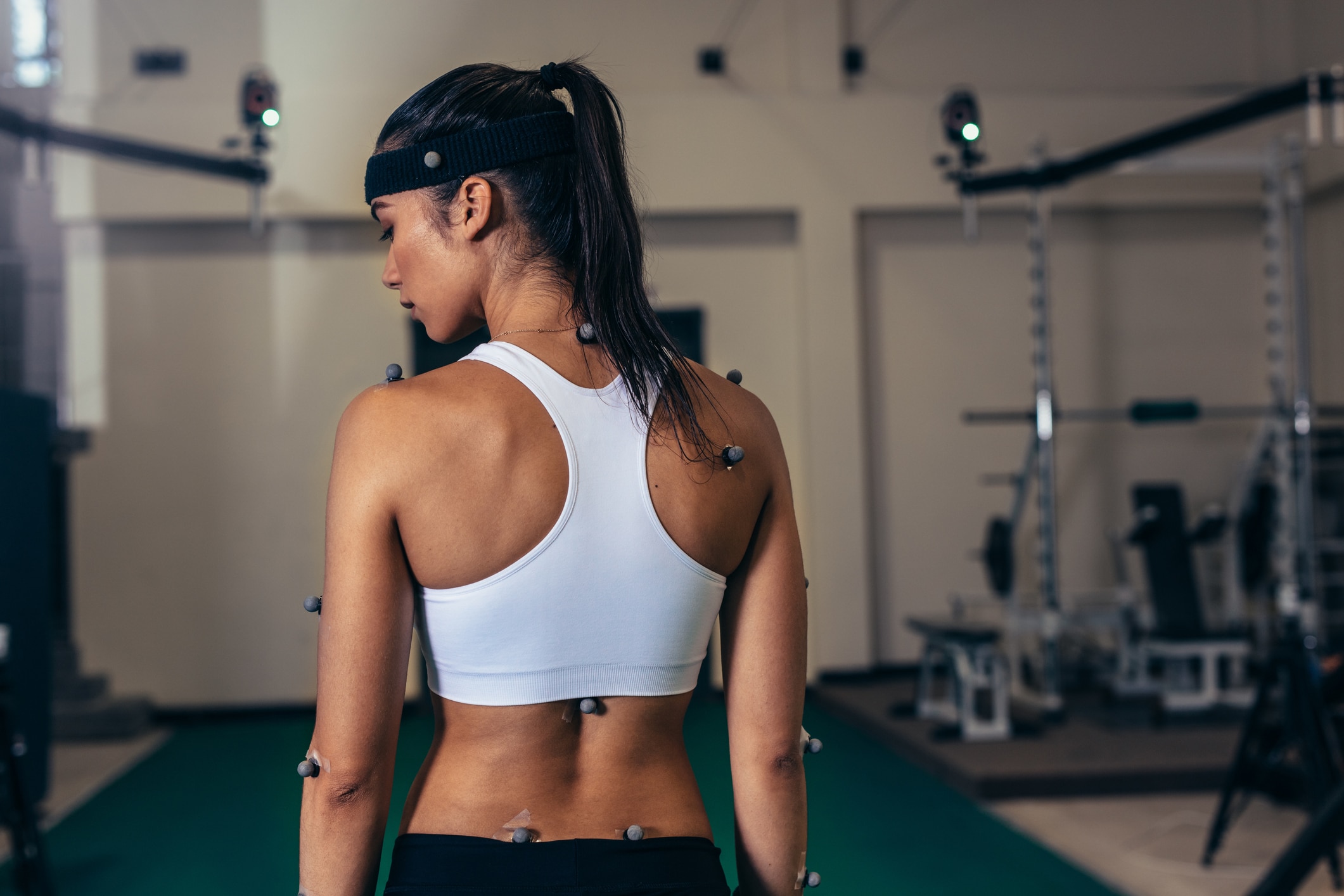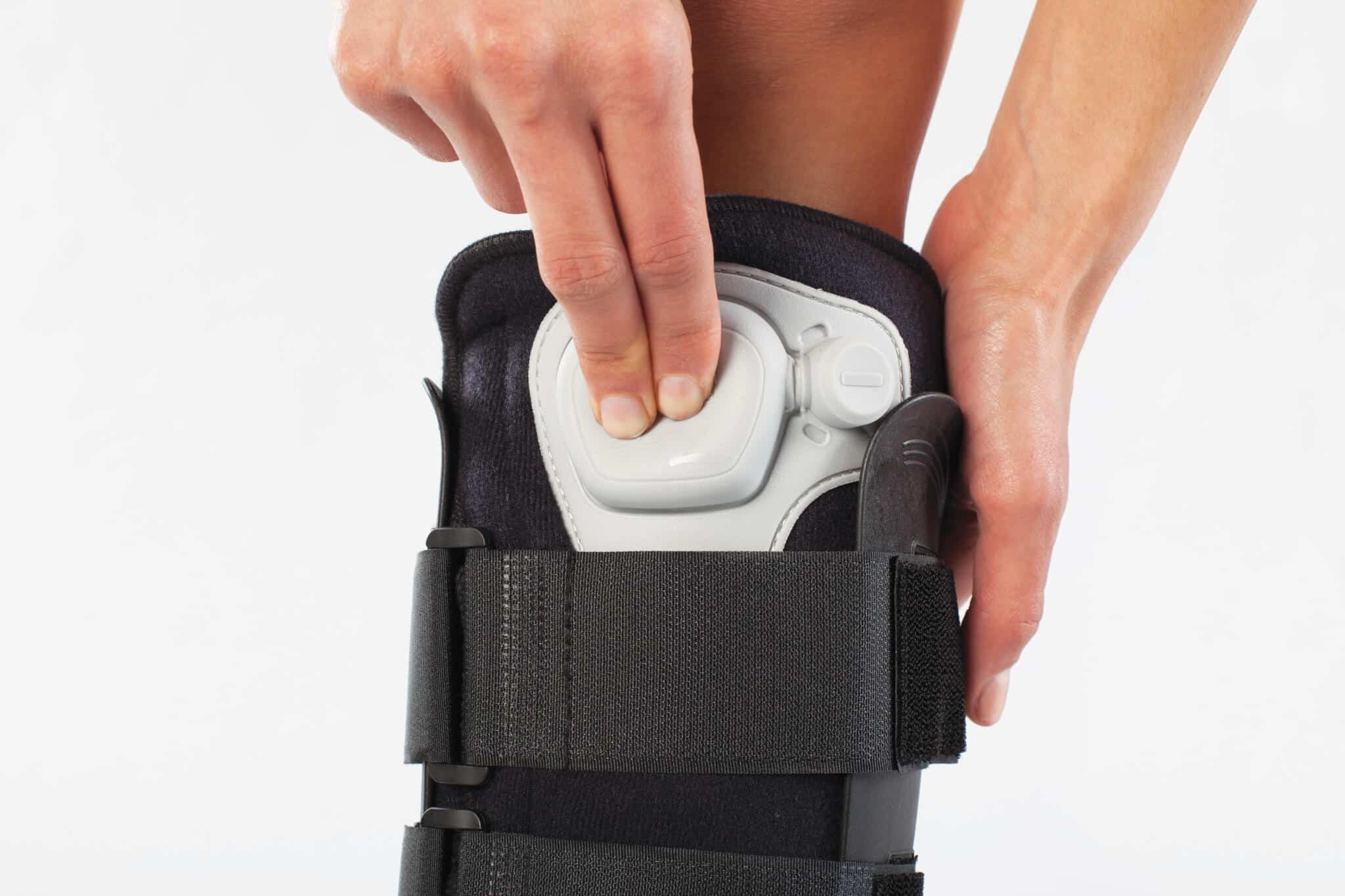Revolutionizing Sports Medicine: 5 Powerful Applications of 3D Movement Imaging
In a previous post, we mentioned in passing the growth of the use of 3D Movement Imaging in the fields of physiotherapy and sports medicine. In this article, we provide a detailed explanation of why this technology (also known as motion capture technology) is a growing trend in physiotherapy and sports medicine. We also mention 5 important applications of this technology in sports medicine.
Introduction
In the field of physiotherapy, accurately assessing and analyzing human movement is crucial for diagnosis, treatment, and rehabilitation. Traditional methods of movement assessment often rely on visual observation or subjective feedback from patients, which may not provide a comprehensive understanding of underlying issues. However, with advancements in technology, 3D movement imaging has emerged as a powerful tool for precisely capturing and analyzing human motion, owing to its potential to revolutionize the way movement is assessed, diagnosed, and treated.
In what follows below, we first explain what 3D Movement Imaging is and why it has become an important trend in the fields of physiotherapy and sports medicine. We will then follow up by describing some of the most prevalent applications of this technology in those fields.
What Is 3D Movement Imaging?
3D movement imaging, also known as 3D motion capture or 3D motion analysis, is a technology used to accurately capture and analyze human movement in three dimensions. It involves the use of specialized cameras, sensors, and computer software to track the position and movement of specific body segments or markers in real-time.
The process typically involves placing markers or attaching reflective sensors to key anatomical landmarks or body segments of the individual being assessed. These markers or sensors are tracked by multiple high-speed cameras or motion sensors, capturing their precise position and orientation in space. The captured data is then processed and reconstructed by sophisticated software to create a three-dimensional representation of the person’s movement.
With the help of 3D movement imaging, it is possible to analyze various aspects of movement, including joint angles, range of motion, velocity, acceleration, timing, and coordination. This technology provides a comprehensive and objective assessment of movement patterns, enabling a more accurate understanding of biomechanics and identifying abnormalities, compensations, or inefficiencies in movement.
3D movement imaging offers numerous advantages over traditional methods of movement assessment. It provides precise measurements, allowing for objective quantification of movement parameters. It allows for the visualization and analysis of movement from different perspectives, offering a comprehensive view of the entire body or specific body segments. Moreover, it enables real-time or delayed playback of the captured movement, facilitating biofeedback and motor learning techniques for rehabilitation and performance enhancement.
This technology is widely used in various fields, including sports science, biomechanics, physiotherapy, rehabilitation, ergonomic analysis, and animation. It has applications in injury prevention, performance optimization, treatment planning, rehabilitation monitoring, and research.
In summary, 3D movement imaging is a sophisticated technology that accurately captures and analyzes human movement in three dimensions. By providing detailed and objective data about movement patterns, it offers valuable insights for diagnosing, treating, and improving movement-related conditions and optimizing human performance.
You can read more about 3D Movement Imaging technology here.
Why Is Motion Capture Becoming More Important In Sports Medicine?
Motion capture is growing in importance in sports medicine due to several key factors:
Accurate Assessment of Movement
Motion capture technology provides a highly accurate and detailed assessment of human movement. It enables precise tracking of joint angles, range of motion, velocity, and other movement parameters. This level of accuracy allows sports medicine professionals to identify subtle deviations, compensatory movements, or asymmetries that may contribute to injury risk or impact performance. Accurate assessment is essential for developing targeted treatment plans and interventions.
Objective and Quantifiable Data
Motion capture provides objective and quantifiable data about movement patterns. This data-driven approach enhances the credibility and reliability of assessments, enabling evidence-based decision-making in sports medicine. Objective data allows for better monitoring of progress, treatment effectiveness, and return-to-play readiness. It also facilitates communication and collaboration among healthcare professionals, coaches, and athletes.
Movement Analysis and Biomechanical Insights
Motion capture enables in-depth movement analysis and biomechanical assessments. By capturing three-dimensional movement, it provides a comprehensive understanding of joint mechanics, muscle activation, and movement efficiency. This information helps identify faulty movement patterns, imbalances, or weaknesses that may contribute to injury or hinder performance.
By analyzing biomechanics, sports medicine professionals can develop targeted interventions and strategies for injury prevention, rehabilitation, and performance optimization.
Rehabilitation and Movement Retraining
Motion capture technology is valuable for guiding and monitoring rehabilitation programs. It provides real-time visual feedback and biofeedback, allowing patients to see and adjust their movements based on objective data. This visual feedback enhances proprioception, body awareness, and motor learning, facilitating more effective movement retraining.
By tracking progress and quantifying improvements, motion capture assists in optimizing rehabilitation protocols and adjusting interventions based on objective measurements.
Performance Enhancement
Motion capture has significant applications in optimizing athletic performance. By analyzing movement mechanics and identifying areas of improvement, sports medicine professionals can design targeted training programs to enhance technique, efficiency, and performance. Motion capture allows for detailed comparisons between expert performers and athletes, identifying key differences and providing insights for skill development.
By optimizing movement patterns, athletes can enhance performance, reduce injury risk, and gain a competitive edge.
Research and Evidence-Based Practice
Motion capture technology contributes to the advancement of research in sports medicine. It enables the collection of high-quality and objective data, facilitating studies on movement patterns, injury mechanisms, and treatment outcomes. The insights gained from research using motion capture can inform evidence-based practice, leading to improved protocols, interventions, and standards of care in sports medicine.
In conclusion, motion capture is growing in importance in sports medicine due to its ability to provide accurate assessment, objective data, movement analysis, biomechanical insights, and applications in rehabilitation and performance enhancement. By leveraging the power of motion capture, sports medicine professionals can enhance diagnosis, treatment, and performance optimization for athletes, ultimately improving outcomes and well-being in the field of sports medicine.
What Are Some Of The Applications Of 3D Imaging Technology In Sports Medicine?
We set out below 5 physiotherapy/sports medicine areas in which motion capture technology has been applied. However, we caution that this is an evolving field and new applications are being continuously uncovered. We plan to update this article as this subject evolves.
Comprehensive Movement Analysis
One of the primary applications of 3D movement imaging in physiotherapy is its ability to provide comprehensive movement analysis. By utilizing multiple cameras and sensors, this technology captures a three-dimensional representation of the patient’s movement, allowing for a detailed assessment of joint angles, body segments, and overall movement patterns.
This comprehensive analysis helps physiotherapists identify biomechanical abnormalities, compensatory movements, or asymmetries that may contribute to pain, dysfunction, or injury.
Objective Movement Quantification
3D movement imaging enables objective quantification of movement parameters that were previously challenging to assess accurately. By tracking joint angles, range of motion, velocity, acceleration, and timing, this technology provides precise measurements that help evaluate movement quality and identify deviations from normal patterns.
Objective data obtained through 3D movement imaging allows physiotherapists to monitor progress, set benchmarks, and make informed decisions regarding treatment plans and interventions.
Injury Prevention and Performance Enhancement
With 3D movement imaging, physiotherapists can analyze movement patterns to identify potential injury risks and develop preventive strategies. By comparing an individual’s movement with normative data or established biomechanical principles, specific movement patterns associated with increased injury risk can be detected. This information enables targeted interventions, such as corrective exercises or movement retraining, to address faulty movement patterns and reduce the likelihood of injury.
Additionally, 3D movement imaging can be used to enhance athletic performance by identifying areas of inefficiency or limitations in movement mechanics and developing interventions to optimize performance.
Treatment Planning and Progress Monitoring
When developing treatment plans, 3D movement imaging provides valuable insights into movement impairments and guides the selection of appropriate interventions. By precisely identifying and quantifying movement limitations, asymmetries, or compensations, physiotherapists can tailor treatments to address specific areas of dysfunction. Moreover, 3D movement imaging allows for objective monitoring of progress throughout the rehabilitation process.
By comparing pre- and post-intervention movement analysis, physiotherapists can objectively evaluate treatment effectiveness, adjust interventions as needed, and provide evidence-based feedback to patients.
Biofeedback and Motor Learning
3D movement imaging facilitates biofeedback and motor learning techniques, enabling patients to visualize their movements in real-time or through playback. This visual feedback enhances proprioception, body awareness, and motor learning, aiding in movement retraining and rehabilitation.
By providing patients with real-time visual cues or comparing their movements to a desired model, 3D movement imaging encourages active participation and self-correction, enhancing the effectiveness of therapeutic exercises and promoting optimal movement patterns.
Conclusion
The applications of 3D movement imaging in physiotherapy are vast, revolutionizing the way movement is assessed, diagnosed, and treated. With its ability to provide comprehensive movement analysis, objective quantification, and visual feedback, this technology offers a precise and evidence-based approach to rehabilitative care. By leveraging the power of 3D movement imaging, physiotherapists can optimize treatment planning, enhance injury prevention strategies, improve performance, and ultimately help patients regain optimal movement function and quality of life.








